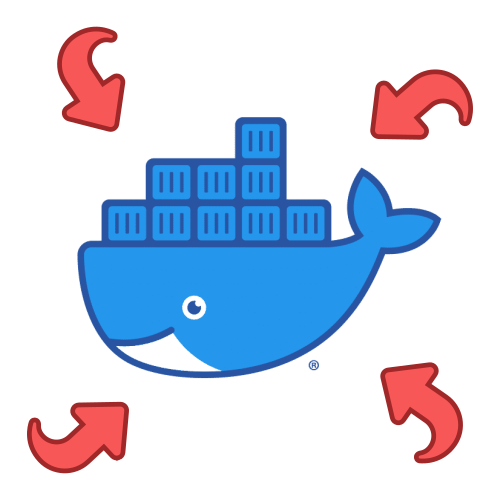Essential Insights on Docker Vulnerabilities and Their Solutions
Written on
Understanding Docker Vulnerabilities
Docker containers have gained immense popularity for packaging and deploying applications. They offer a lightweight and portable approach to execute software consistently. However, similar to any other system, Docker containers are susceptible to a range of security vulnerabilities if not configured correctly.

Common Docker Vulnerabilities
There are several key vulnerabilities that users should be aware of when utilizing Docker containers:
Unsecured Docker Daemon
The Docker daemon is the core component of the Docker ecosystem, responsible for managing the containers on a host system. If not secured properly, it can be exploited by unauthorized individuals, allowing them to start, stop, or manipulate containers at will.

To safeguard the Docker daemon, it's crucial to restrict access to trusted users only and configure secure communication protocols, such as TLS or SSH.
Insecure Container Images
Container images serve as blueprints for creating Docker containers, encapsulating all necessary code and dependencies. Images derived from untrusted sources may harbor vulnerabilities that attackers can exploit.

To enhance the security of your container images, always utilize images from reputable sources and keep them updated to their latest versions.
Misconfigured Container Settings
Docker containers come with various settings that can be adjusted for optimal application performance. However, improper configurations can lead to security risks. For instance, granting excessive privileges to a container could allow it to access sensitive system resources.

To prevent these issues, it's essential to meticulously review and set the security configurations of your containers.
Inadequate Network Security
Docker containers are frequently deployed in networked environments and depend on network communication for their functionality. If the network is inadequately secured, it can expose containers to potential attacks.

To shield your containers from network-based threats, ensure that your network is properly configured and employ firewalls and additional security measures to restrict access to trusted users and devices.
Chapter 2: Summary of Best Practices
In conclusion, while Docker containers provide a robust and efficient method for application deployment, they can present security challenges if not managed correctly. To protect your containers and the applications they support, implement the following practices:
- Secure the Docker daemon.
- Utilize only trusted and updated container images.
- Thoroughly configure the security settings of your containers.
- Strengthen network security.
Overall, securing Docker containers necessitates a blend of rigorous security protocols, regular updates, and continuous monitoring to promptly detect and resolve vulnerabilities.
For more insights, check out the following resources:
This video titled "My Container Image has 500 Vulnerabilities, Now What?" by Matt Jarvis from Snyk discusses how to identify and remediate vulnerabilities within your Docker images.
In this video, "Find and Fix Container Image Vulnerabilities with Docker and Snyk," viewers can learn practical techniques for addressing security issues in container images.
For further engagement, connect with me on Twitter: @BenTorvo or via email: [email protected]. Visit my website at torvo.com.au for more content.